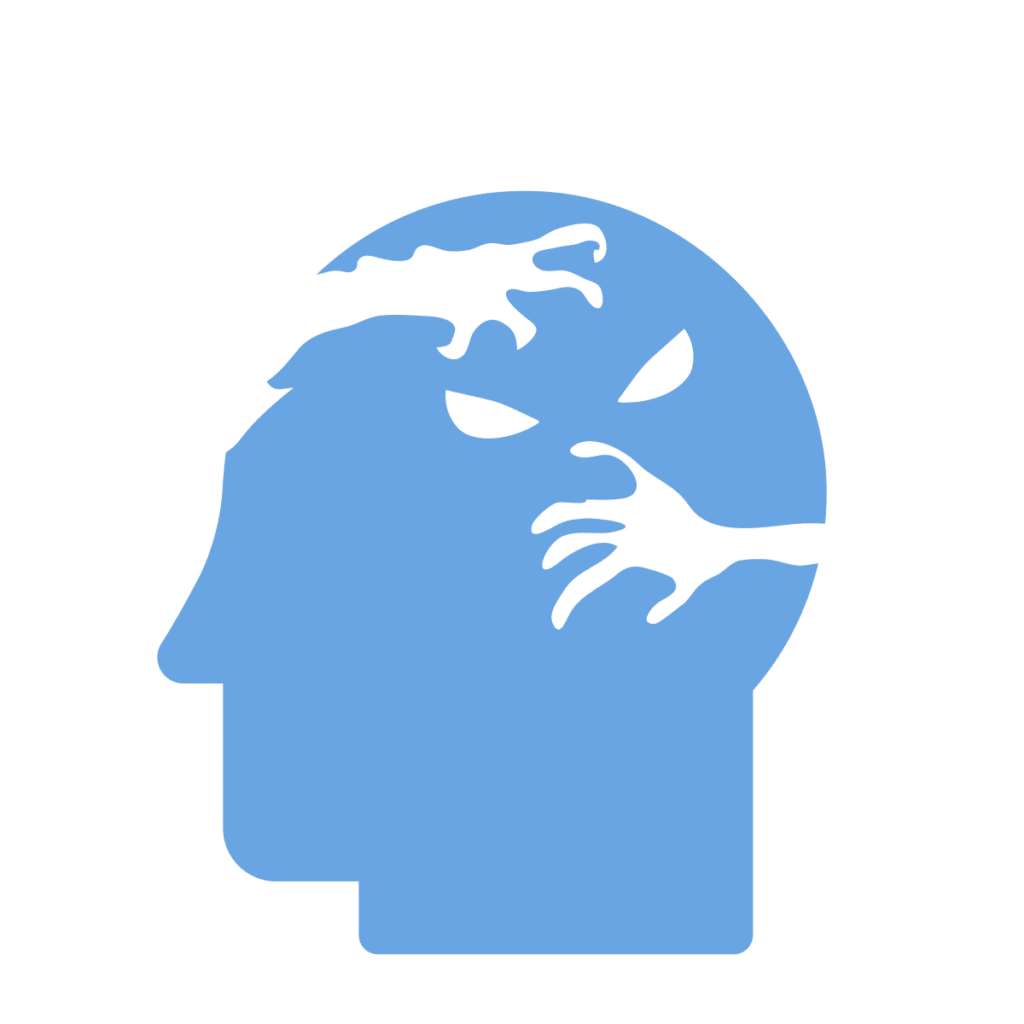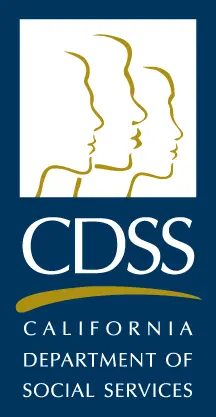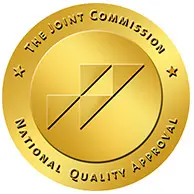Schizophrenia Treatment
In Orange
County
The Path To Sound Mind, Body and Soul
Orange County Luxury Residential Mental Health Facilities
According to the World Health Organization, around 20 million people suffer from schizophrenia worldwide. Although it is not as common as other mental health disorders, it can still be debilitating.
Not only can schizophrenia affect a person’s ability to function in daily life just as much as bipolar disorder or anxiety disorder, but it can also have a profound effect on their loved ones.
If you’re looking for schizophrenia treatment in Orange County for someone you love, look no further than Acera’s mental health treatment programs. Understanding the symptoms and stages of schizophrenia can be essential to recovery, which is why we’re proud to offer our mental health services for those suffering from this mental illness.
What Is Schizophrenia?
Schizophrenia is a mental health disorder that changes the function of a person’s emotions, thoughts, and behaviors. It consists of a variety of symptoms including psychotic episodes and delusions.
A schizophrenic episode can be mild or severe, and it can take weeks or even years to build up. Schizophrenia also happens in stages.
Here are some common symptoms of schizophrenia:
- Delusional thinking
- Visual and auditory hallucinations
- Catatonic behavior
- Minimal mood expressions
- No motivation
- Erratic movements
- Disorganized speech
Schizophrenia can be caused by genetic factors, stress, trauma, or alcohol and drug use. There is also a common biochemical cause. An imbalance of the neurotransmitter dopamine can create symptoms, while environmental factors exacerbate them.

How Is Schizophrenia Diagnosed?
While there is no one standardized test that can diagnose schizophrenia, there are ways to rule out other diagnoses.
It is important to see a mental health specialist at the first signs of schizophrenic symptoms. The earlier the diagnosis and treatment begins, the better the outcome.
A doctor can use a blood sample to ensure that the symptoms are not caused by alcohol or other drugs, or perform a CT scan to ensure that a tumor is not causing the issues.
If there are delusions, hallucinations, negative emotions, and difficulty performing daily activities for over one month, a doctor can diagnose schizophrenia.
At Acera Health, we also see if the patient has a history of substance abuse. Seeing if the patient has a co-occurring disorder, which is when they have both a substance abuse disorder and a mental health disorder, can help us determine the right mental health treatment.
Psychosis vs. Schizophrenia
It is a common misconception that psychosis and schizophrenia are the same. However, psychosis is a symptom of schizophrenia and several other mental illnesses.
Psychosis is not a diagnosis in itself, while schizophrenia is. Those with schizophrenia often experience episodes of psychosis. They lose touch with reality and have difficulty discerning what is real.
Here are some common psychotic symptoms:
- Experiencing auditory, visual, and sensory hallucinations
- Experiencing delusions of grandeur
- The feeling of agitation, excess movement, emotional distress, and restlessness
- Scattered thinking and behavior, difficulty speaking and communicating
These symptoms can vary from mild to severe, but they are all common with psychosis. Not everyone experiences psychosis with schizophrenia, but it is very common.
What Are the Stages Of Schizophrenia?
Schizophrenia generally occurs in three stages. Although the length and intensity of each phase can vary, the stages happen in a similar sequence.
Prodromal Stage
The prodromal phase is a gradual build-up of symptoms that can take weeks, months, or years. During this phase, the person begins to lose interest in activities they once enjoyed, and they begin to isolate themselves from friends and family. They also experience difficulty concentrating, and they become fixated on certain subjects.
This phase can last up to two years, but it is usually difficult to detect until the person moves into the next stage.
Active Stage
During the active stage, symptoms of psychosis are present. They experience sensory hallucinations and have delusional thoughts. This stage is the most alarming for the patient’s friends and family.
For some, the symptoms happen gradually. For others, they can appear overnight.
Residual Stage
The last stage of schizophrenia is also referred to as the “recovery” stage. The symptoms start to decrease, and the person might want to isolate and stay withdrawn from social settings.

How Is Schizophrenia Treated?
There are many different types of mental health services for schizophrenia treatment. Treatment modalities should be based on the severity of the symptoms, and pairing therapies with medications can also be recommended.
Individual Psychotherapy
Seeing a therapist in a one-on-one setting is an effective way to help a person deal with schizophrenia. They can learn more about the illness, how to manage it, and how to tell the difference between what is real and what is not.
An individual therapist can help the person understand their symptoms and how to manage them in daily life.
Cognitive Behavioral Therapy
Cognitive behavioral therapy (CBT) is an effective way to help a patient change their behavior and their thoughts. This is a common form of therapy for many different types of disorders.
With schizophrenia, CBT can help the patient recognize triggers, challenge the voices in their head, and change the perceptions of their visual hallucinations. If a schizophrenic episode is coming on, where there is a trigger and a decision is flaring up, CBT and medication can help to lessen the symptoms.
Family Education
Educating the entire family on the symptoms and effects of schizophrenia can be very helpful for the patient. As a family, it can be difficult to watch someone struggle with mental illness. It is especially difficult without knowledge on how to be helpful.
An effective treatment plan will involve family education to ensure that there is a strong support system for the patient.
Antipsychotic Drugs
In some severe cases, symptom management can only happen with medication. There are second-generation antipsychotic drugs that don’t have as many side effects as earlier iterations of these medications. They are considered safer for the patient.
These medications can also be used in conjunction with other treatment modalities. This can help strengthen the chances of successful recovery.
Find Schizophrenia Treatment In Orange County
Mental health disorders can be tricky to understand. Not only can the symptoms be subtle, but they can also mimic other conditions. Getting the right treatment means understanding symptoms, knowing the therapeutic options available, and getting help to create an individualized treatment plan to address the needs of your loved one.
At Acera Health in Costa Mesa, we value community and family support for each patient. Our intensive treatment gets families involved to offer healing for the whole family. Call us now to inquire about our schizophrenia treatment centers in Orange County.

Reach Out Today
To learn more about if Acera Health is right for you, and what to expect, contact us Today!
"*" indicates required fields
3100 Bristol St. Suite # 250 Costa Mesa, CA 92626
info@acerahealth.com
DHCS license number: MHBT220400
DHCS license expiration date: July 20, 2024
DSS license number: 306006131 & 306006072



